Since we may be living in yet another age of the Great Erasings1, I am gathering my images and posting what is in the weedy yard this spring.
NAMES and NAMING2
Wild chives or cultivated ones? Weedy or not?
My interest in plant data comes from what I gathered of scientific botany, during years working as a master gardener for the university of Maryland. Then, from childhood in Brasil, my interest in herbs and medicinal plants, where every doctor still tells you to go home, drink tea with ginger and honey for your sorethroat. And make sure your mother prepares you a hot compress for your chest, made with oatmeal and lots of mustard. I was prone to asthma attacks.
We always had and I still have a jar of vick vapor’s rub, pronounced syllabically, like in Japanese, viki vapo rubi, with camphor, eucalyptus oil, and menthol. It was common practice to heat water, place a spoonful of the jelly in it, cover the kettle with a large towel, go inside the tent and breathe…
If that did not work, mother would take us to faraway places to be blessed. I have a clear image of very wrinkled faces, intensive, repetitive chanting, hands in touch, in prayer, deep focus of intention, magic herbs and roots. Scents of mint and eucalyptus.
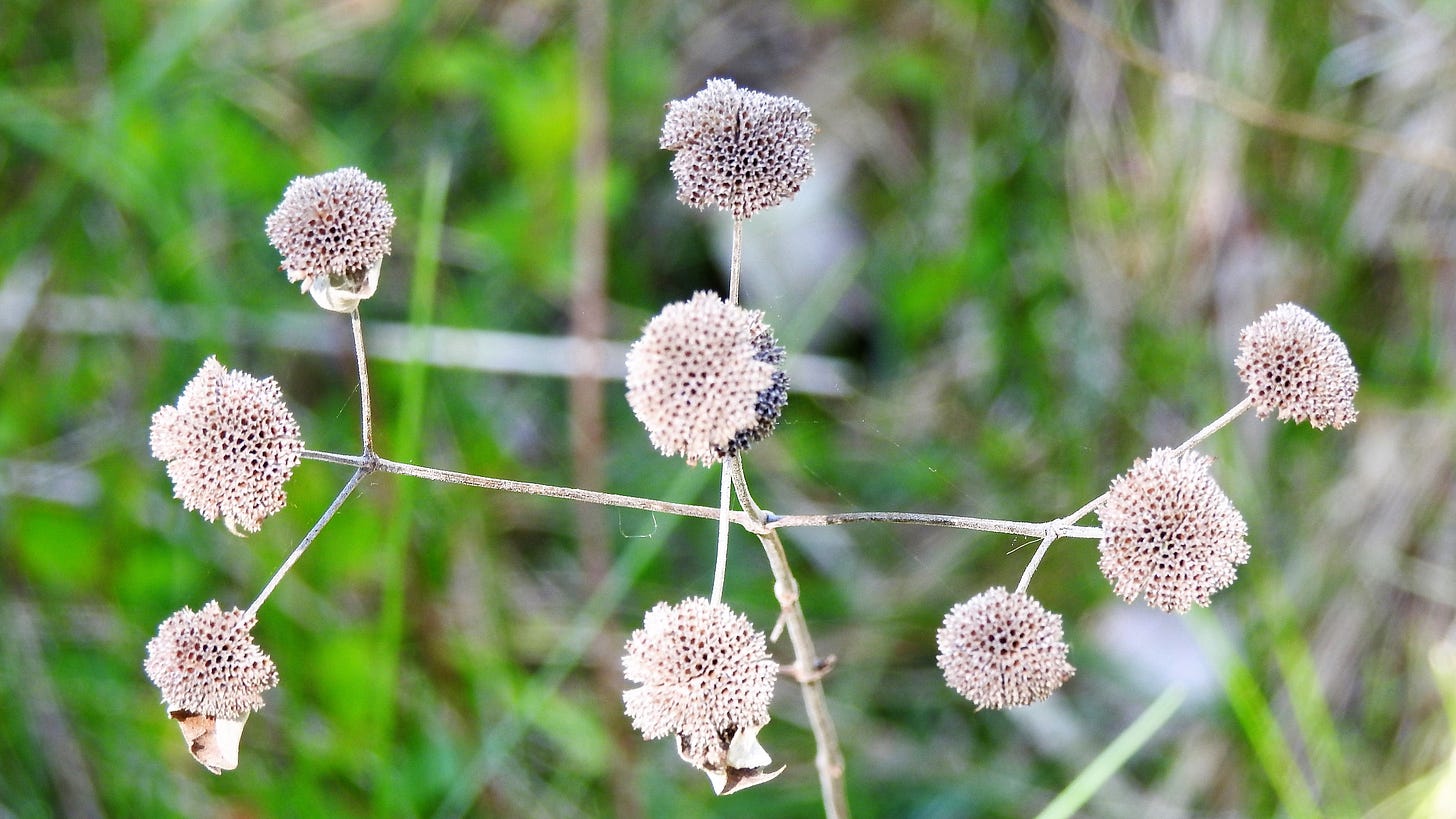
WEEDS BY SCENT
The scent of mountain mint brings me to a Brazilian plant from before, vassourinha or alecrim do campo, later classified as Baccharis dracunculifolia, the plant that looks like Bacchus little dragon (the greek god of bacchanals). The plant is used extensively in Brazilian traditional medicine and found a niche in the larger community of western medicine. I know it more for its scent and because it was my dad’s obligatory plant to brush on meat barbecues.
And back to my neighborhood, with the connection to groundsel, labeled Baccharis halimifolia. Viewed as a weedy tree, it grows along the edge of brackish waters, with glorious white color in autumn. Scent and Linnaeum taxonomy linked the two plants, both belonging to Linnean Bacchus trees of botanical knowledge.
While researching plant usage in Brasil, I find that many plants, known by everyone, folksy and otherwise, for their curative properties, have been renamed by using the commercialized Big Pharma labels given to them, like Melhoral (as in Bayer aspirin), Penicilina, Aspirina (from willow or from aralia spinosa, also known as the devil’s walking stick). Relationships with weedy plants continue to evolve…and naming continues to play its many functions.
WEEDS by KNOWING
The best definition of a weed comes from Fernando, the knowledgeable caretaker of a farm I visited many times, in the high mountains of the Mata Atlantica, near the city of Sao Paulo. He defined all plants with ease, telling us about the exact ways in which we could use them… At the end of a long trek crossing the forest and the mountain fields, I asked him: “And this? what is this plant?” Barely stopping, he says “Isso? Isso é pau a toa!”- “This, this is a good for nothing stick.”
Plantain is another medicinal plant that grows everywhere around here. Originally from Eurasia and now naturalized all over the world. Crushed leaves are used topically to reduce swelling.
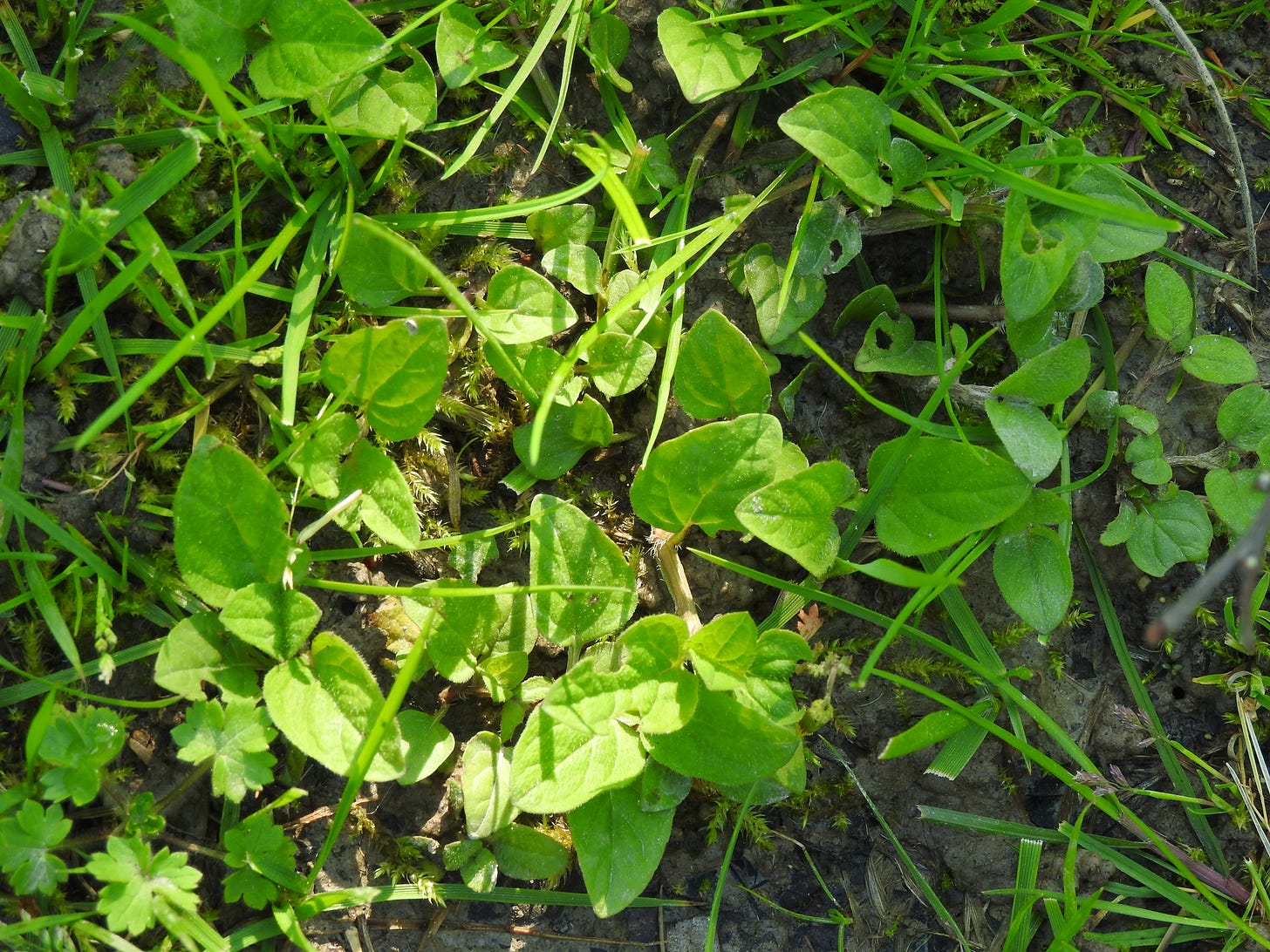
PLANTS FOR THE HUMAN TABLE?
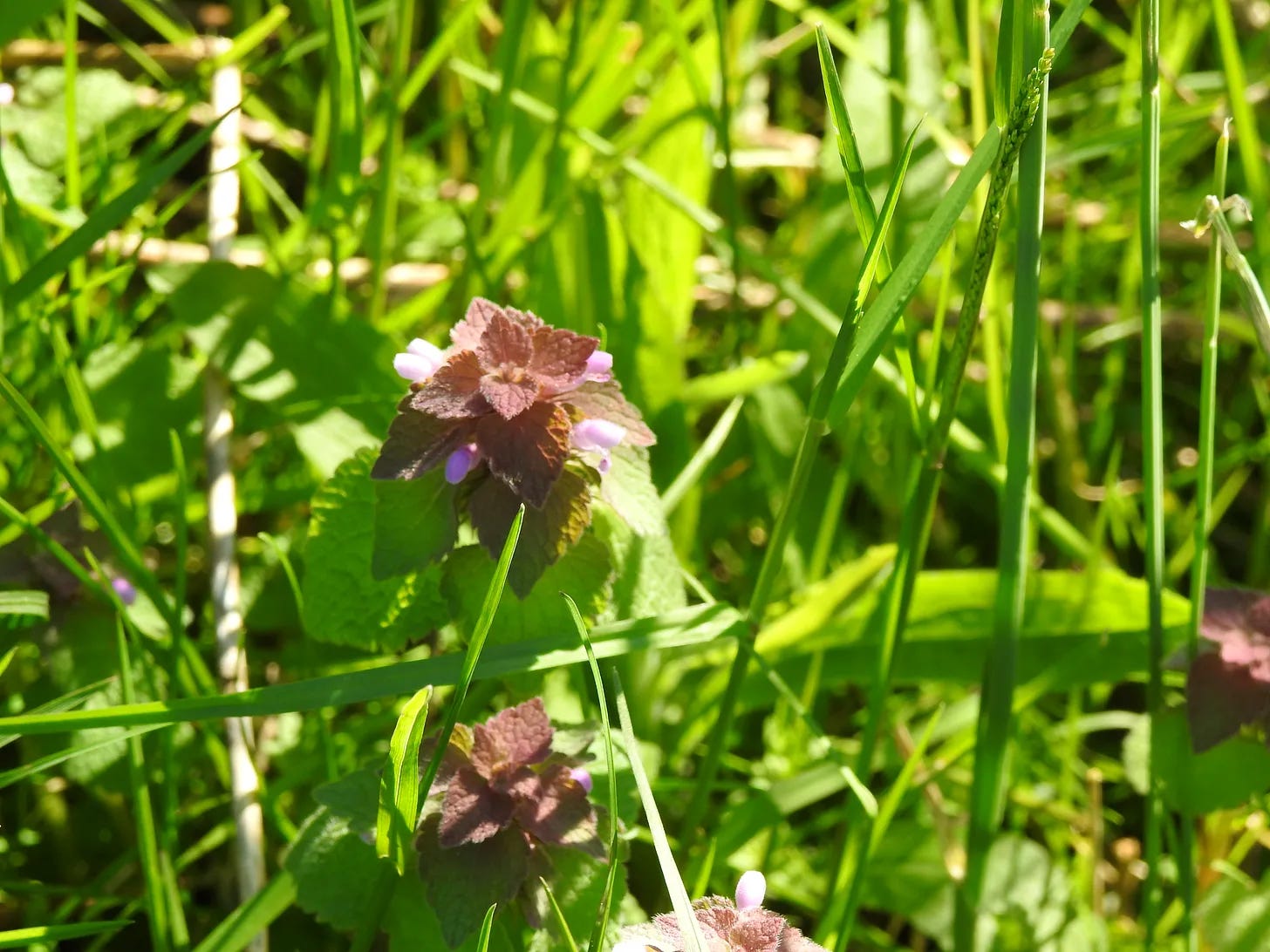
Glechoma hederacea, is a small little plant that resembles henbit. Known as Creeping Charlie, Gill-Over-The-Ground”, or (if you’re from England) as Alehoof. https://commonwealthherbs.com/ground-ivy-herb-week/
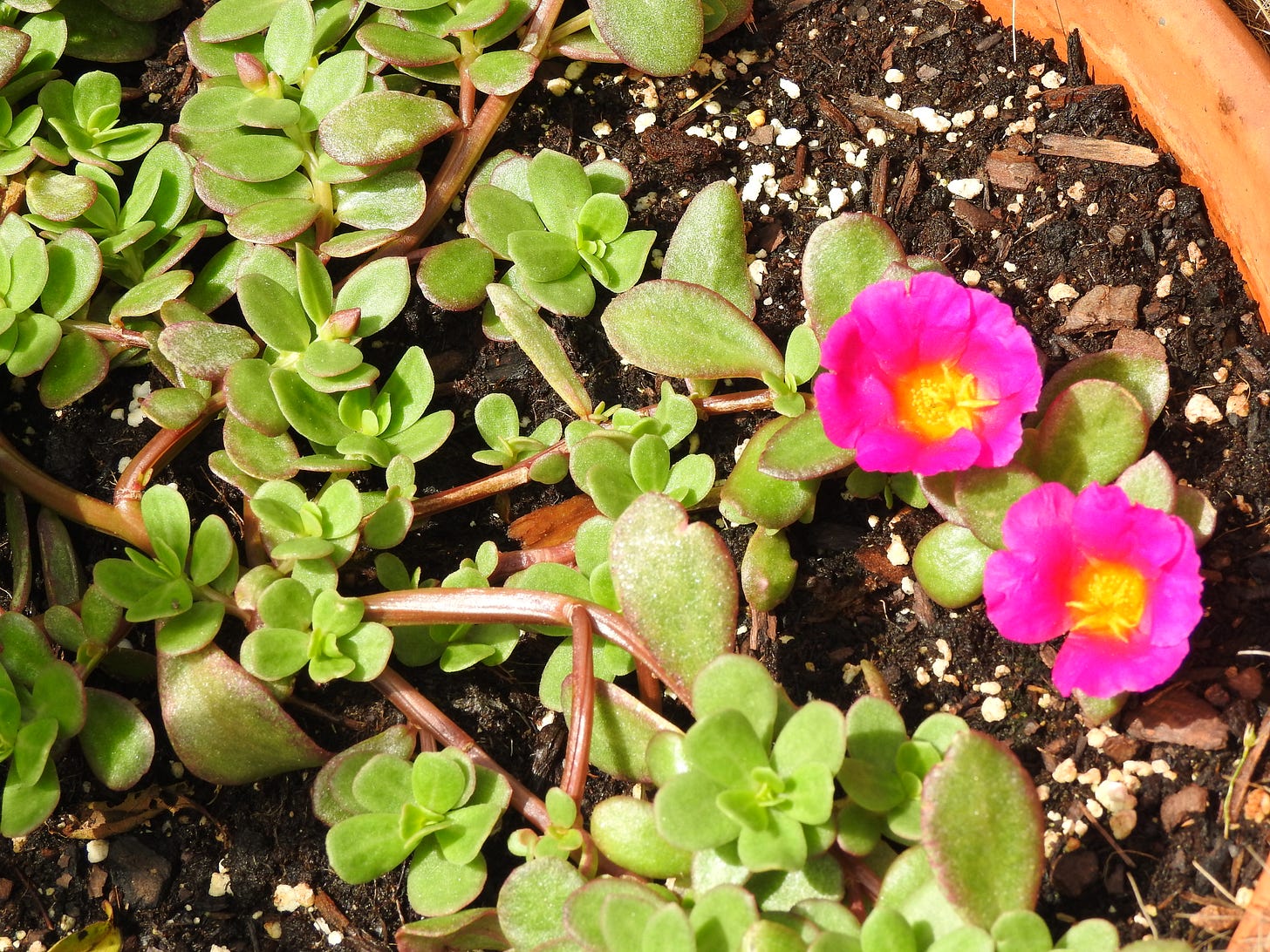
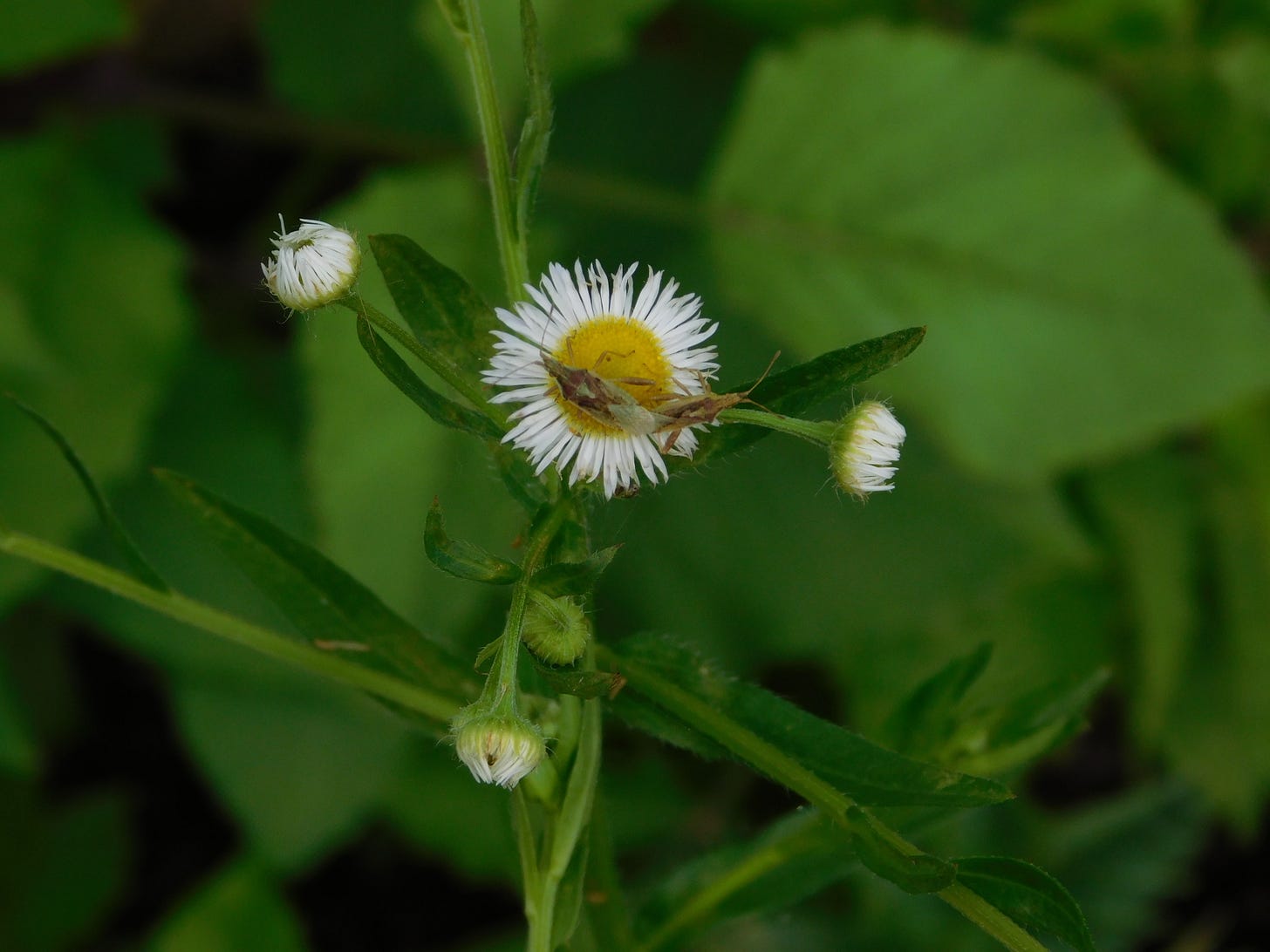
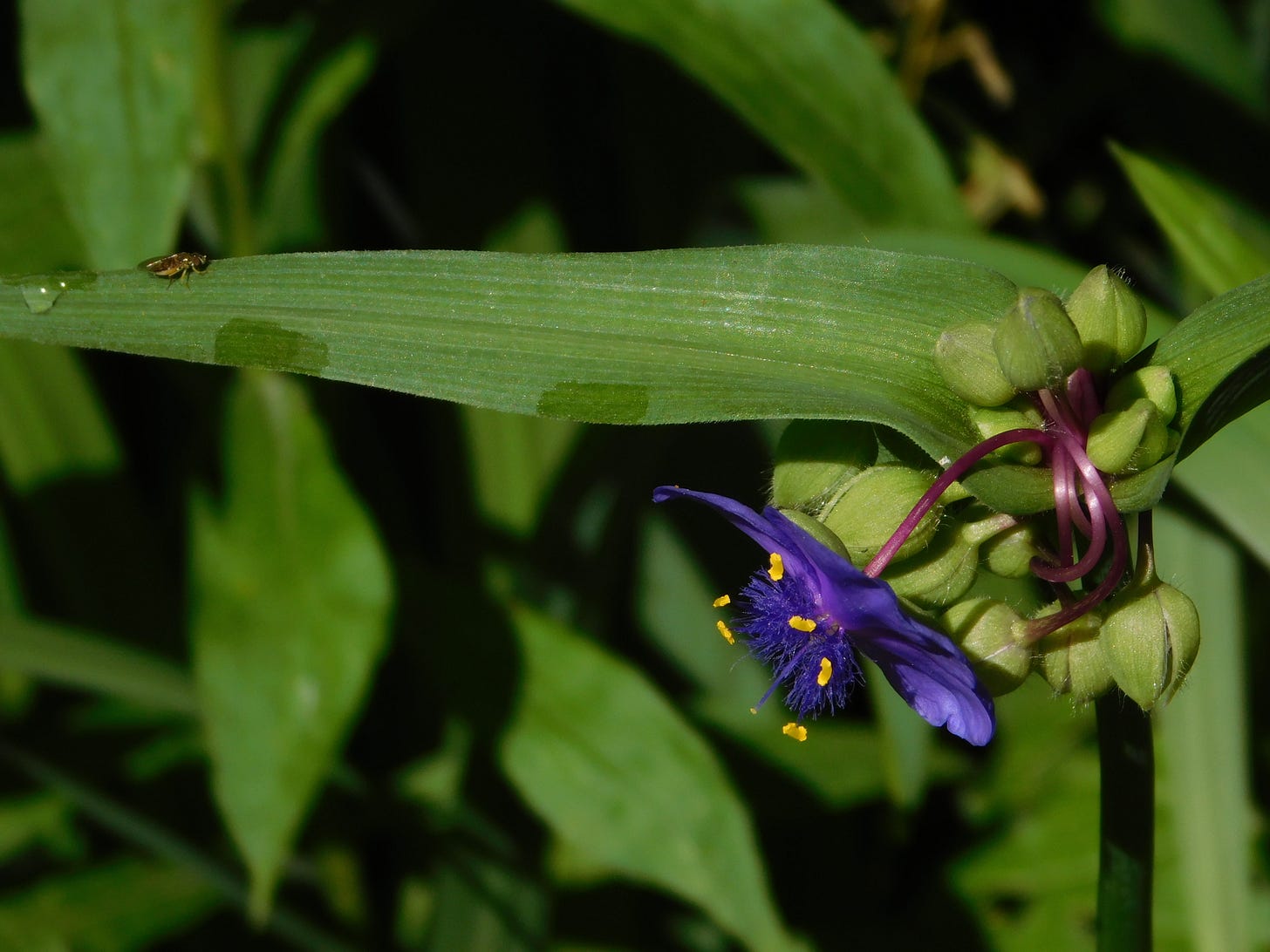
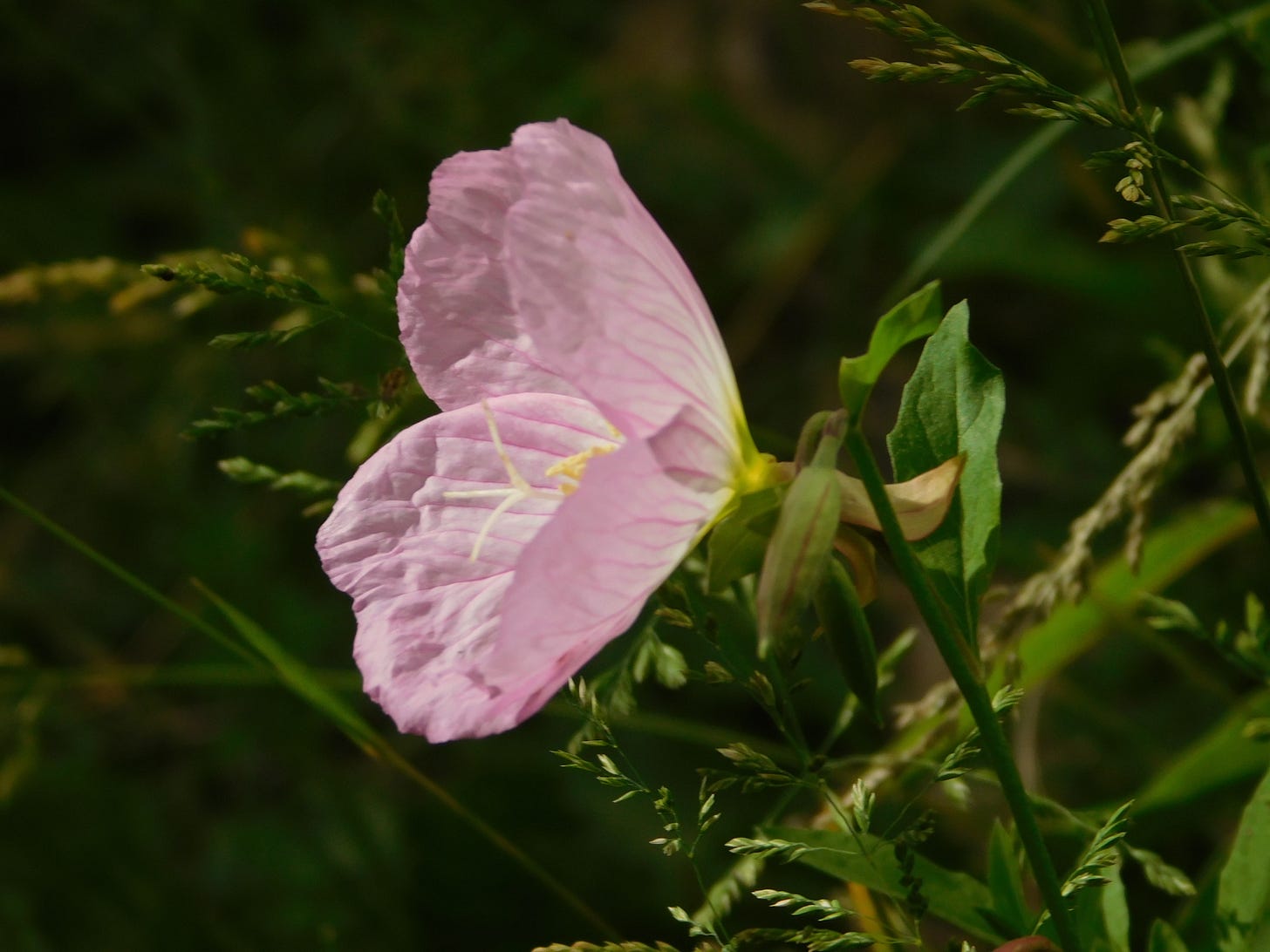
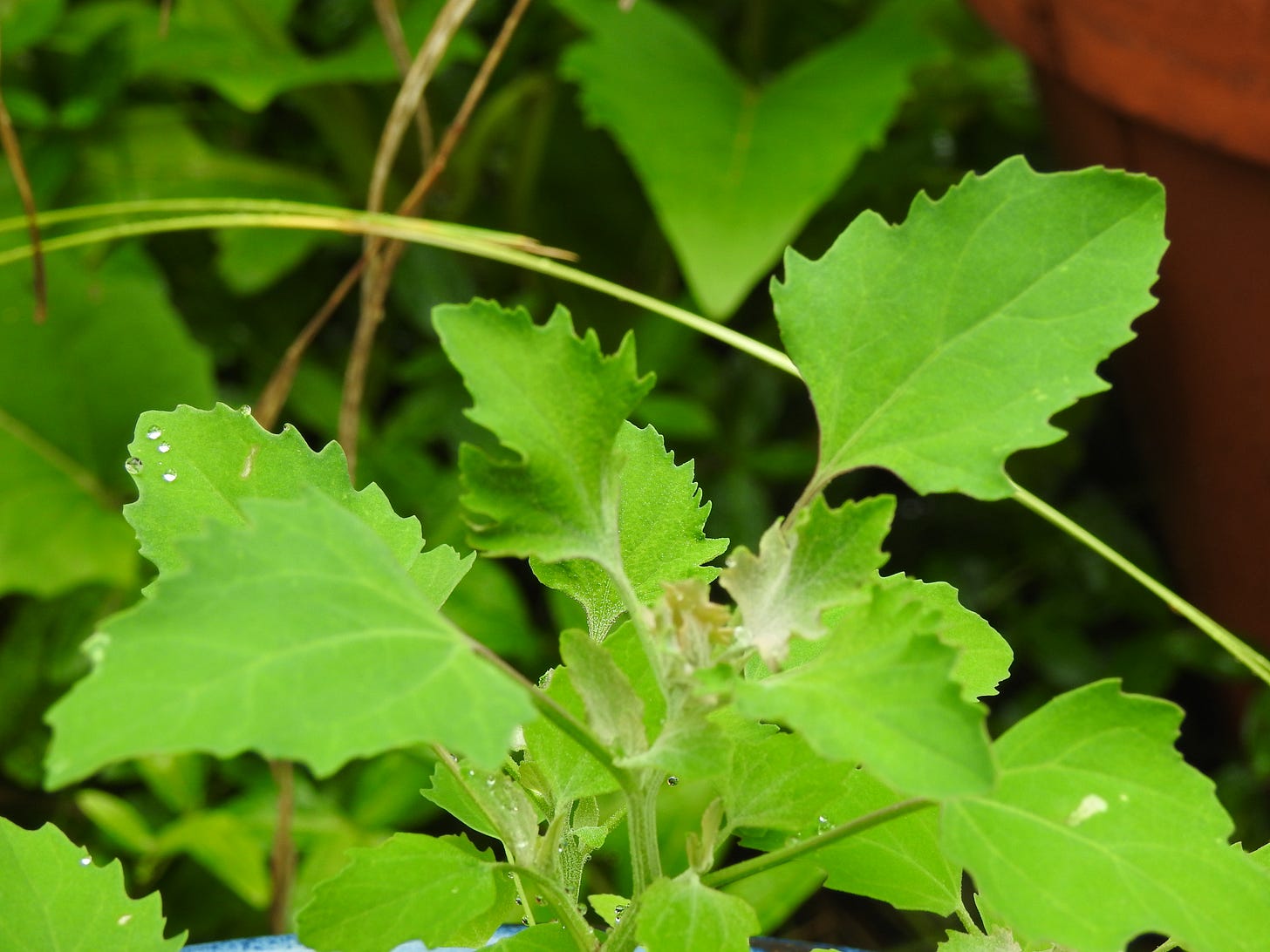
THE NOT FOR HUMAN SALAD ONES
https://www.eattheweeds.com/buttercups/
Buttercups, like horseradish, engage in chemical warfare. In horseradish the heat one tastes comes from crushing cells that hold two different chemicals apart which are only peppery when they combine. This is to discourage consumption by me, thee and the denizens of nature. The buttercup is similar in that the offending chemical, a glycoside called Ranunculin, is not a problem until the plant’s cells are crushed. Then an almost instant enzyme reaction turning Ranuculin into Protoanemonin, a bitter, irritating, yellow oil. The animals most bothered by buttercups are grazing cows then horses, sheep and pigs, the latter two sometimes suffering paralysis. Humans are rarely poisoned by buttercups because they taste so bad. It is not fatal in small amounts but a significant irritant that can make you ill with gastric distress.
Ah, but so beautiful, as they cover the early fields, food for early beetles and tiny butterflies.
ENEMIES
And then my former nemesis, Japanese honeysuckle also known as Lonicera. Nemesis because, to my dismay, it happily invaded my yard, taking over and toppling tall pine trees, strangling flowering shrubs… I vowed recently to no longer be at war with this particular conquering emperor! Fragrant, tenacious, inhabited and eaten by many.
Like when the great libraries were burned…Google’s generative AI warns me that he is experimental and gives me an illuminative list of library destructions, mostly by fire, set by followers, on the command of rulers…
A great resource about plants, naming and the scientific legacies of colonialism is Botany of Empire, by Banu Subramaniam, University of Washington Press, 2024.


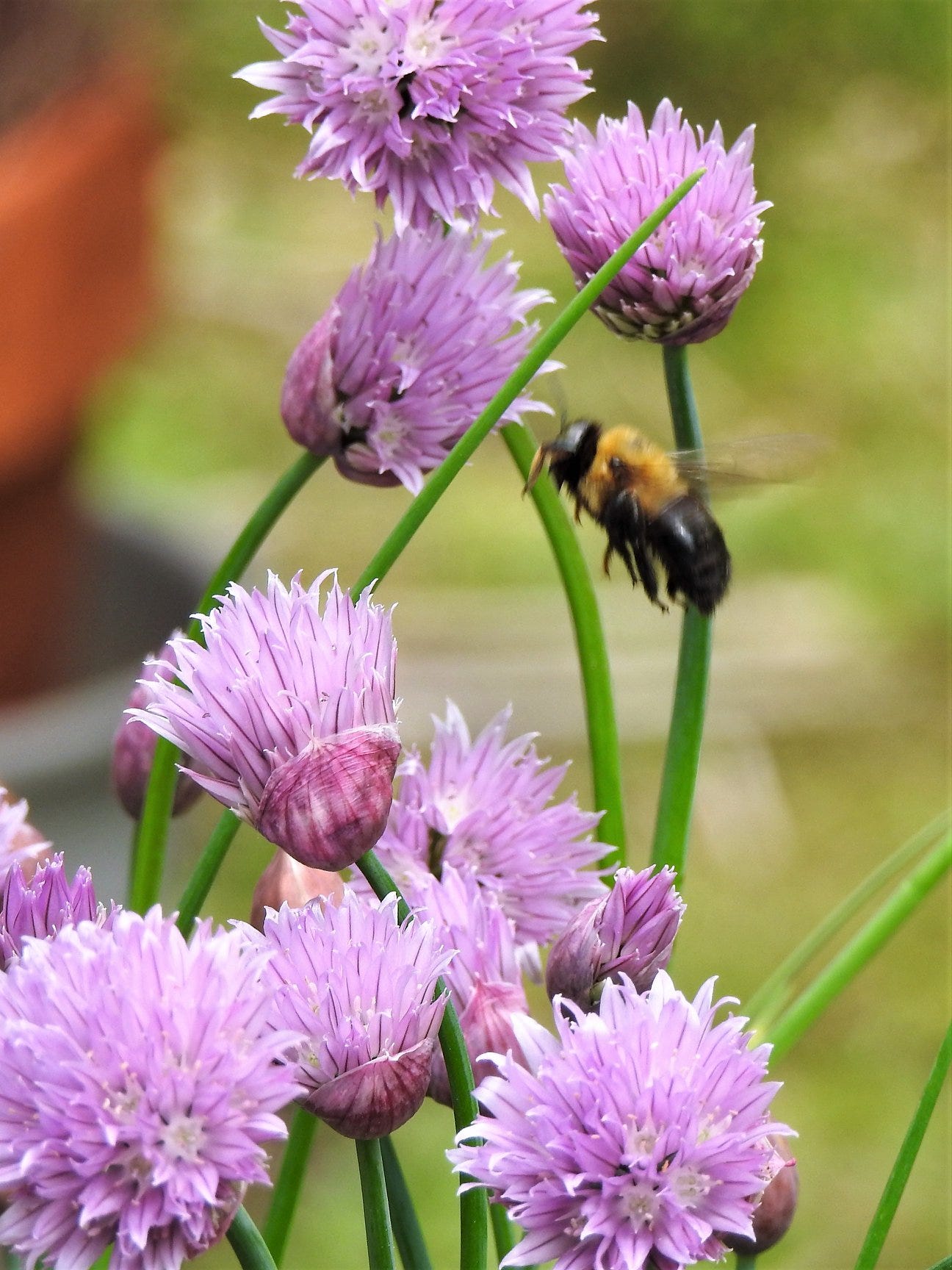
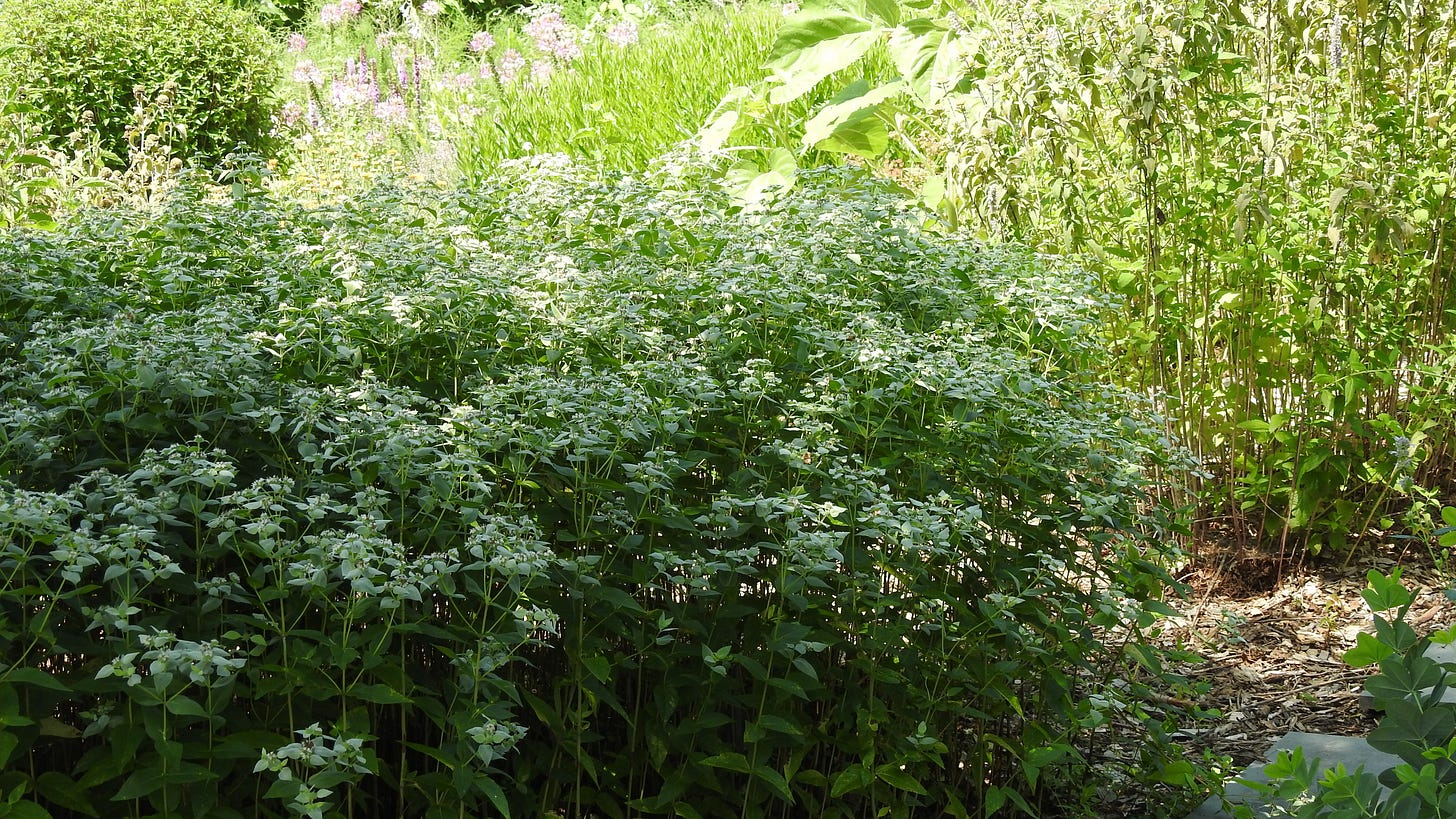
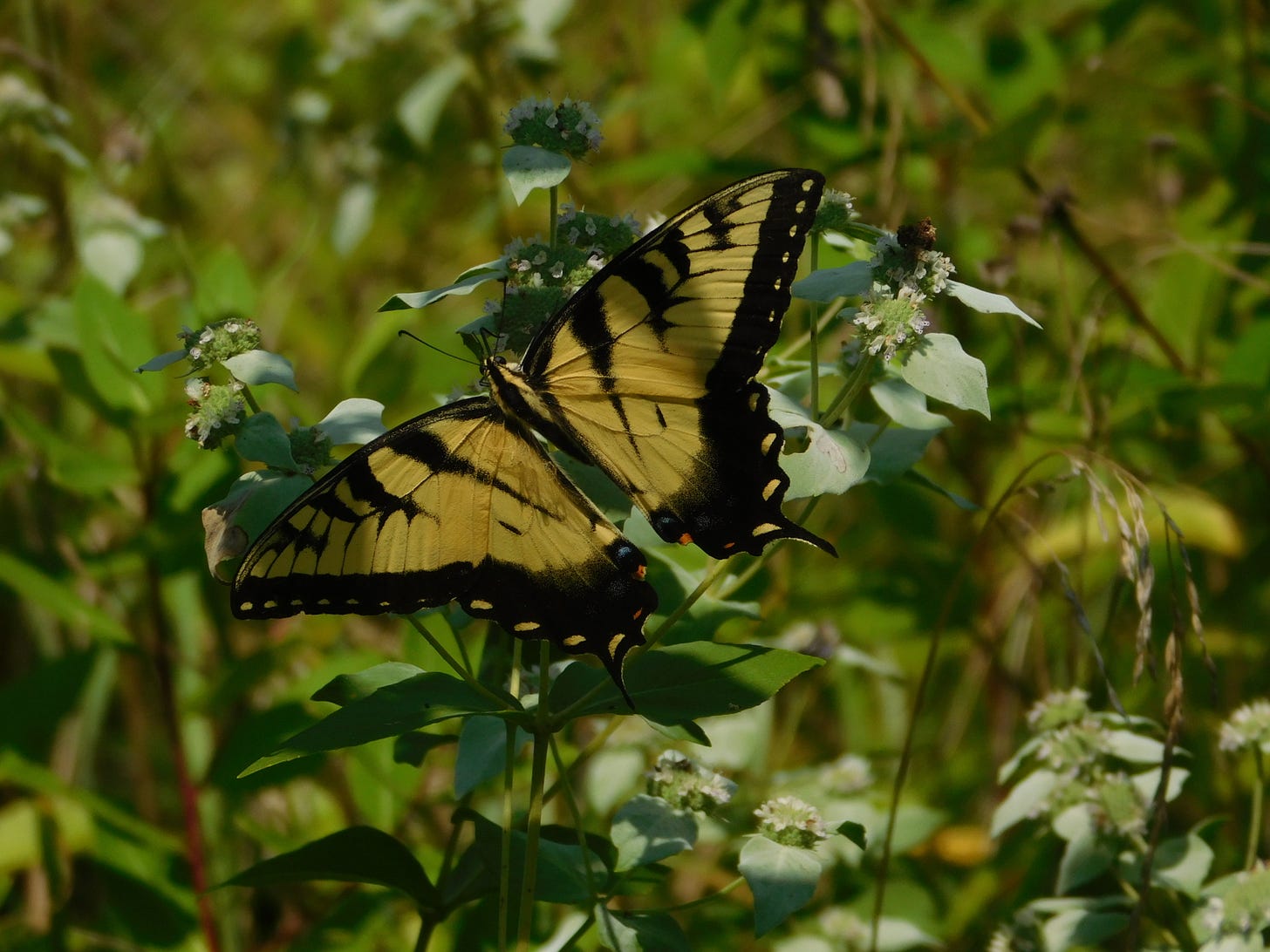
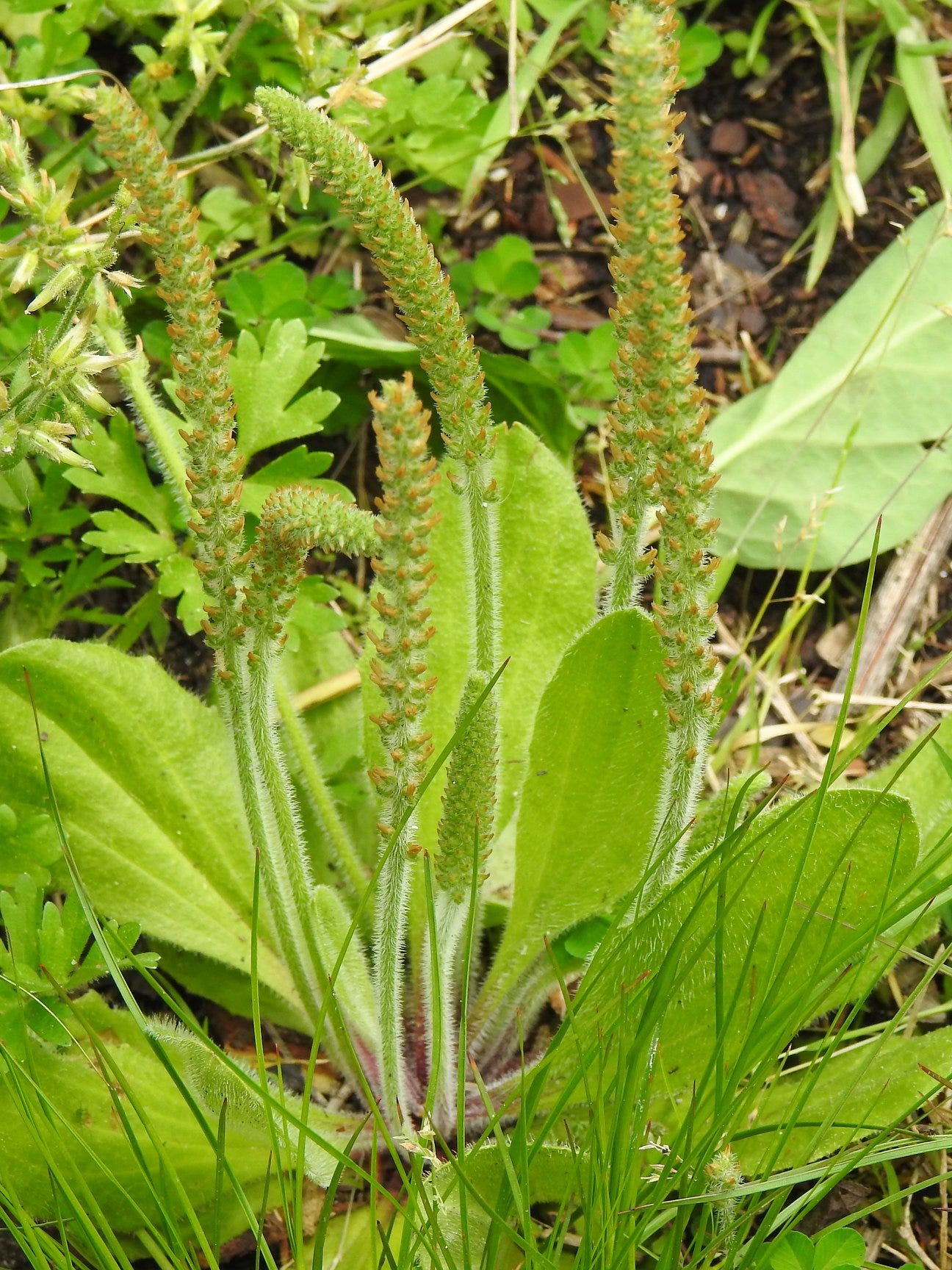
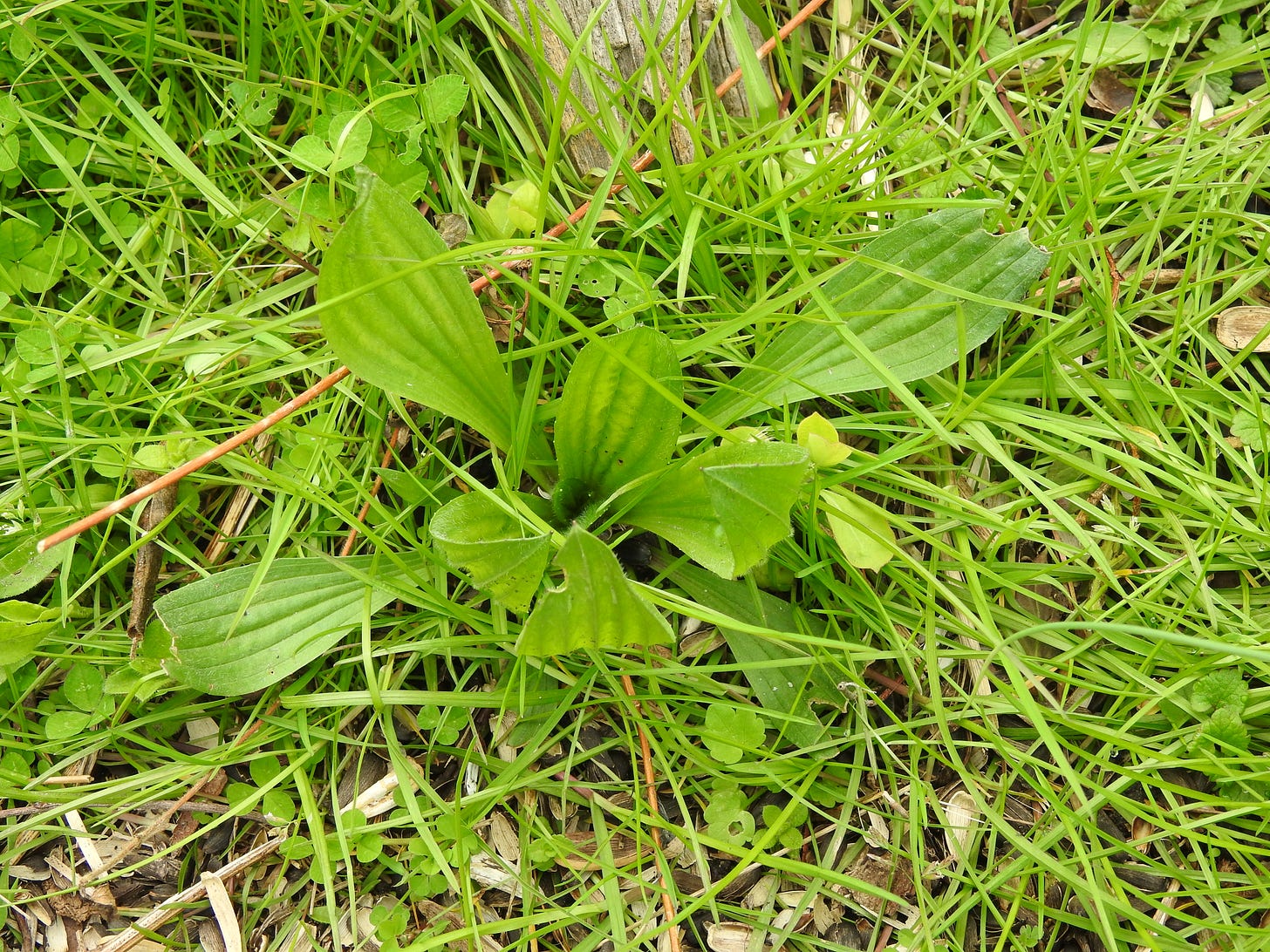
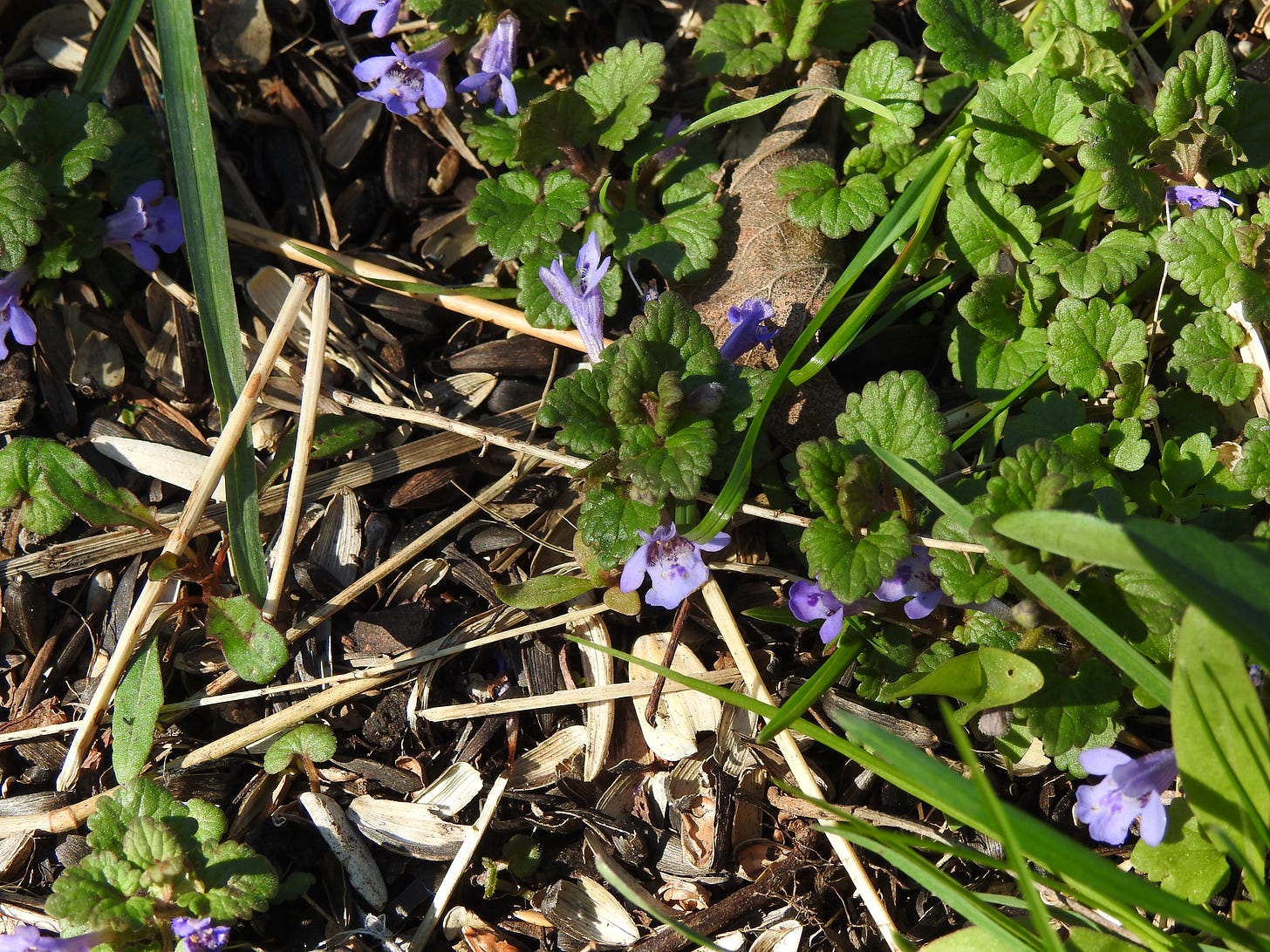
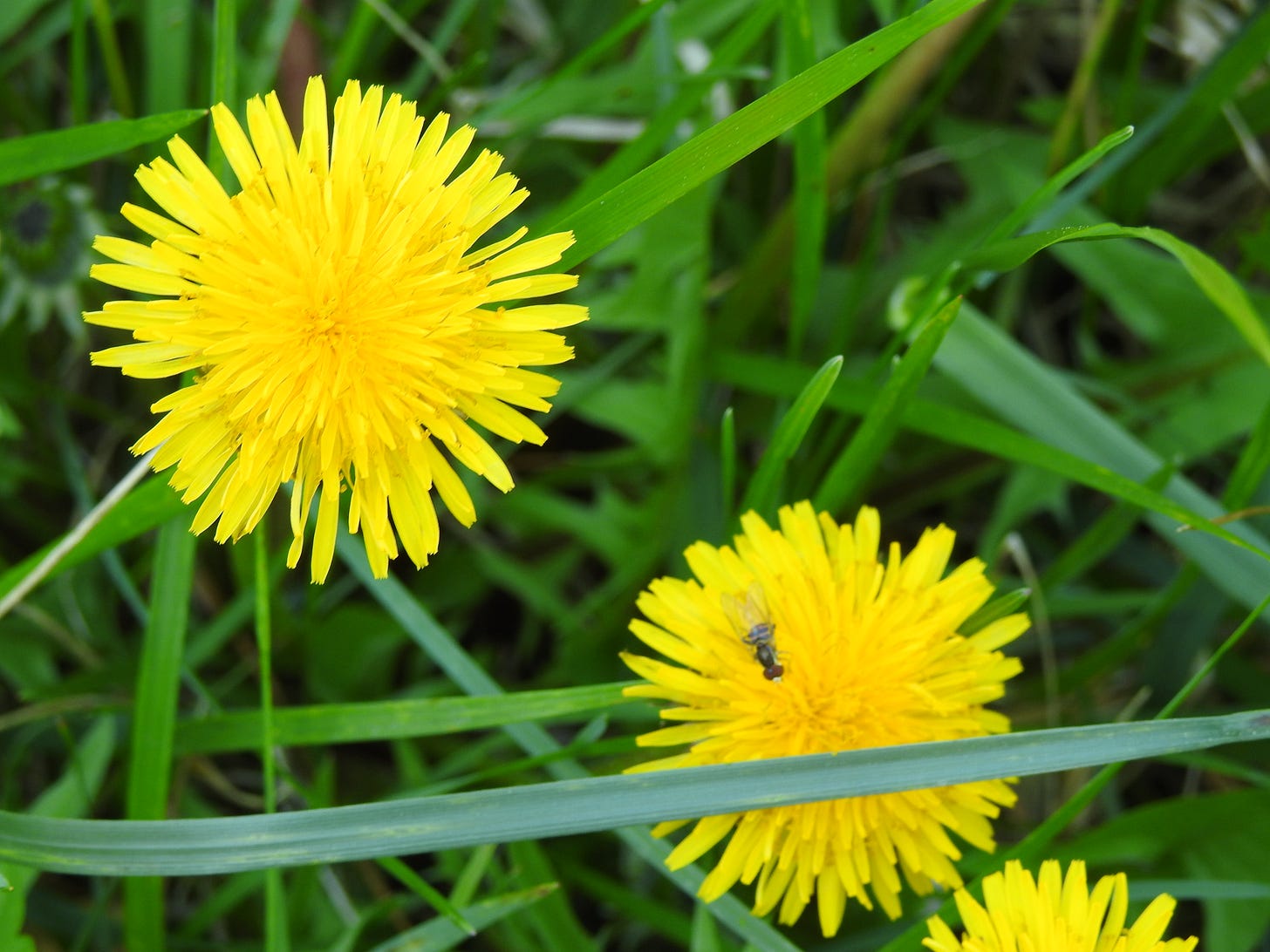
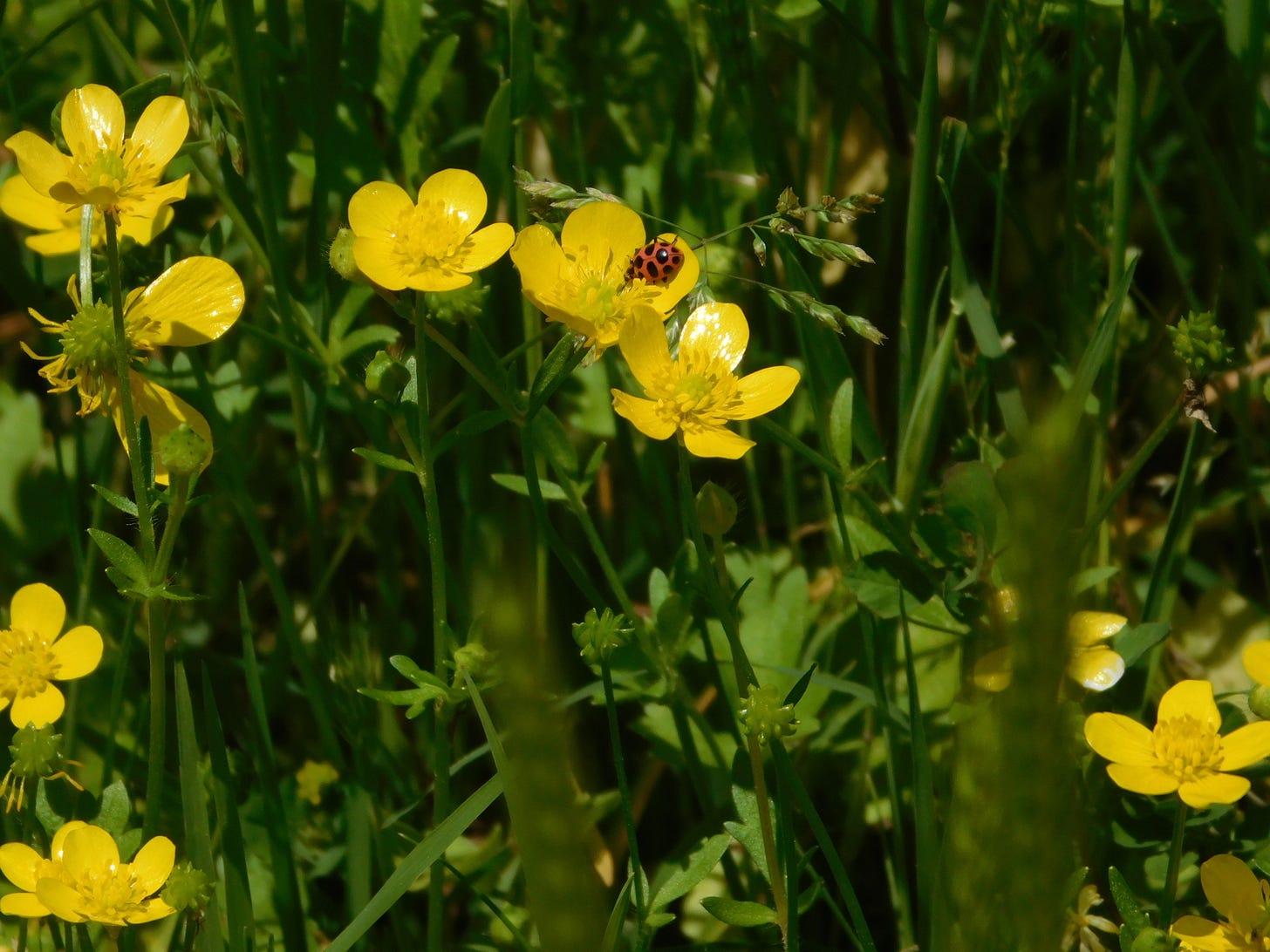
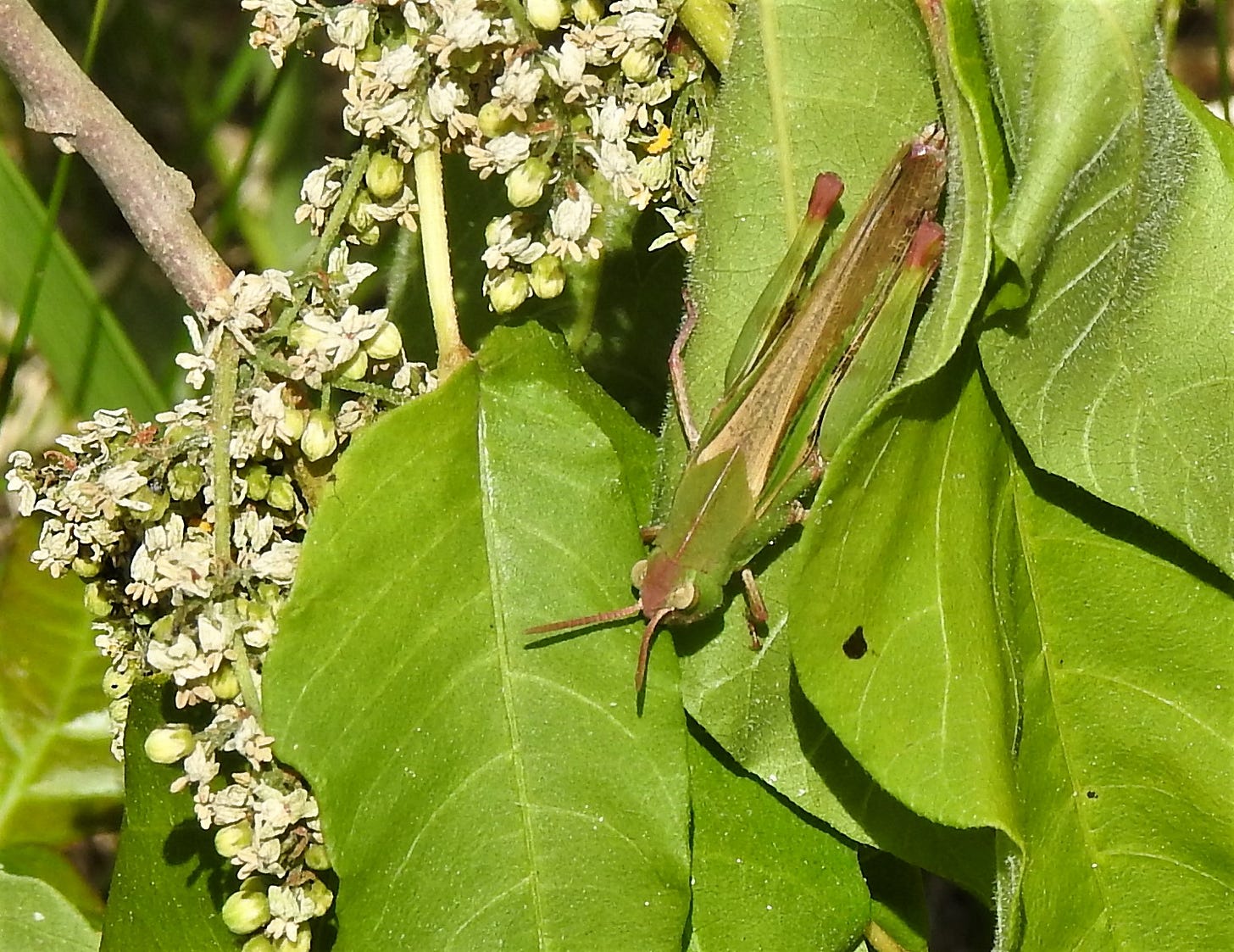
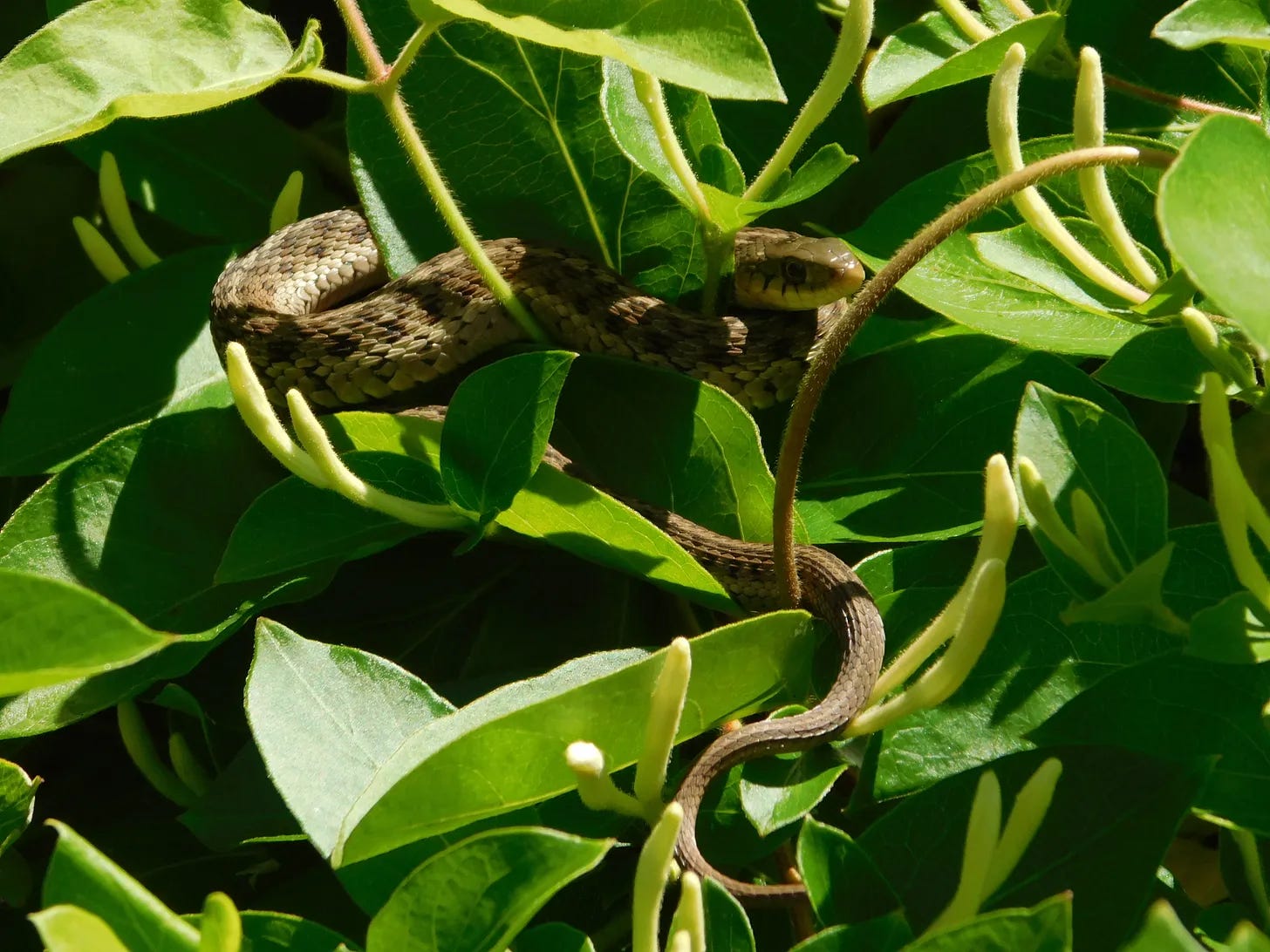
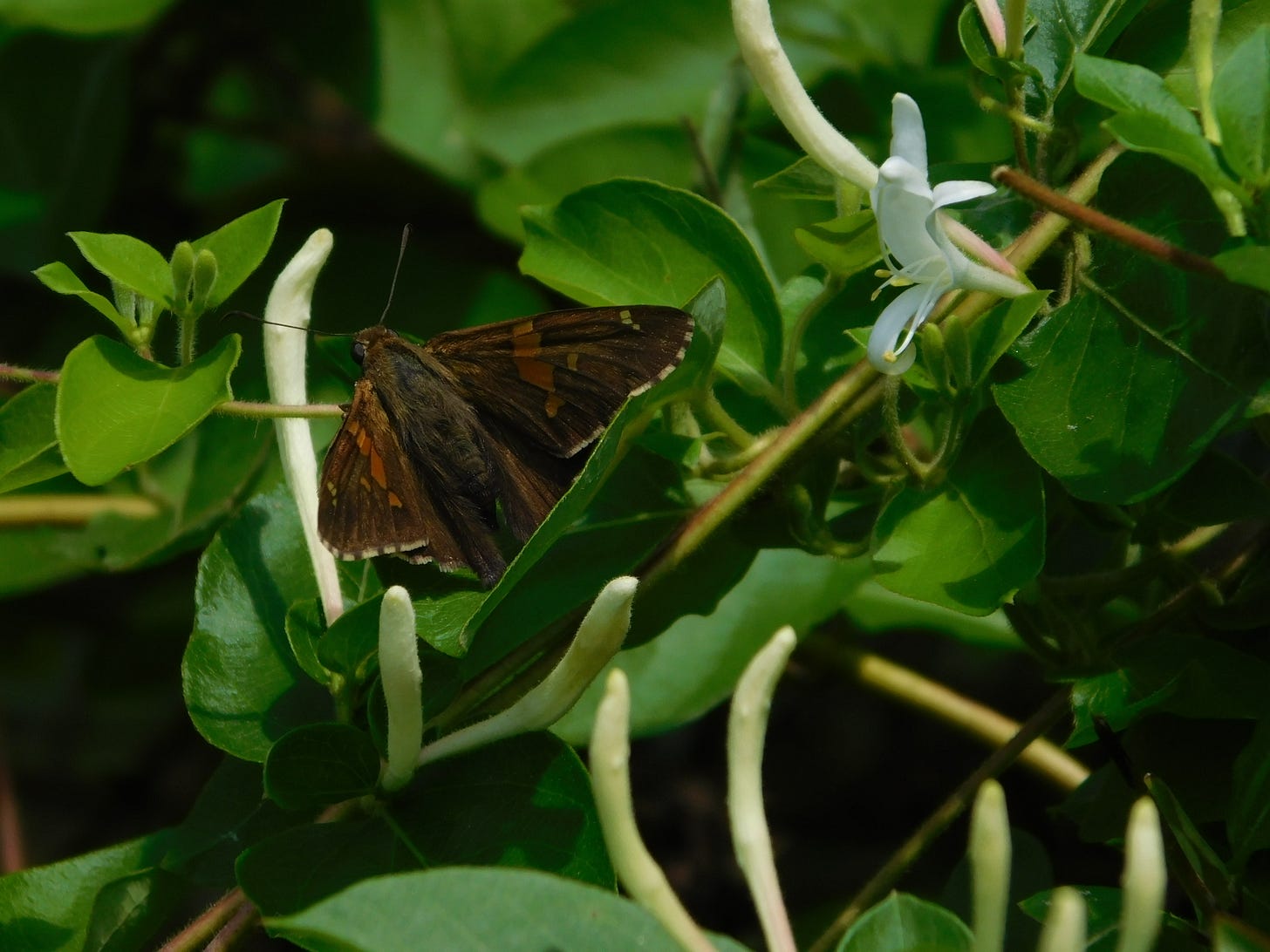
What an educational, fragrant piece of writing. So alive, interesting and bursting with flavor. Wow!
Loved (!!) this one, Erica, and I would not call it useless! Thanks for for scattering so many bits of value throughout. I recently bought a small jar of dried "Heal All" (the vendor used "Self-Heal") and have been adding it to my tea blends, but I was unfamiliar with it before the purchase. I'm happy to know what it looks like!
I've never eaten henbit but have made pesto with chickweed quite often.
A question about the first photo: I would have thought that was garden chives rather than garlic chives. I wonder if there are varieties of the latter I've not had the pleasure of meeting. ☺️
p.s. You might enjoy perusing some of my friend, Aleya's, posts. Formerly a Maryland farmer, she moved to Trinidad during Covid and has since married and started a family. She writes about medicinal plants in the region. https://naturaleya.substack.com/